Philodendron Hederaceum Brasil Pothos
From: £13.00
Philodendron hederaceum ‘Brasil’ Pothos– Variegated Trailing Houseplant
Brighten up your indoor jungle with the Philodendron hederaceum ‘Brasil’, a fast-growing trailing plant known for its vibrant, lime-green and deep green variegated leaves. This eye-catching variety of heartleaf philodendron is perfect for trailing over shelves, climbing moss poles, or cascading from hanging planters.
This plant is:
✔️ Easy to Care For
✔️ Fast Growing
✔️ Air-Purifying
✔️ Great for Gifting
✔️ Loved by Aroid & Pothos Collectors
The ‘Brasil’ is perfect for beginners and experienced plant lovers alike. It thrives in bright, indirect light but also tolerates lower light, making it ideal for many indoor spaces. It can be trained to climb using a moss pole or left to trail freely. For fuller growth and larger leaves, consider adding one of our handmade sphagnum moss poles – perfect for supporting trailing aroids.
✨ Please note: Plants may vary slightly in variegation pattern and size. Photos are examples, and each plant is hand-selected from our current stock.
🪴 Shipped in nursery pots using recyclable and reused packaging materials, and includes a scannable QR code for full care guidance.
🪴 Quick Care Guide
☀️ Light: Bright, indirect light – tolerates lower light but variegation may fade
💧 Watering: Water when the top 2–3cm of soil feels dry
💦 Humidity: Moderate to high preferred – misting encourages lush growth
💡 Extra Tip: Use our Highland Moss premium aroid potting mix for moisture balance and healthy roots
⚠️ Important:
Please note that Philodendron Brasil is not pet-friendly and should be kept out of reach of pets.
**Q: How often should I water my new Philodendron Brasil, and what are the best conditions for it to thrive?**
A: Water your Philodendron Brasil when the top 2–3 cm of soil feels dry. It thrives in bright, indirect light but can tolerate lower light levels; however, keep in mind that lower light may cause the variegation to fade. Moderate to high humidity is preferred, and misting can encourage more lush growth.
**Q: Can the Philodendron Brasil be grown on a moss pole, and what are the benefits of doing so?**
A: Yes, this plant can be trained to climb a moss pole, which supports its natural trailing and climbing tendencies, leading to fuller growth and larger leaves. Using a sphagnum moss pole, like those offered by Highland Moss, also helps maintain moisture balance which is beneficial for the plant’s roots.
**Q: Is the packaging for the Philodendron Brasil sustainable, and how should I dispose of it responsibly?**
A: Yes, your Philodendron Brasil is shipped in recyclable and reused packaging materials. You can responsibly dispose of the packaging by recycling it according to your local recycling guidelines, or consider reusing it for your personal storage or shipping needs.
Philodendron Hederaceum Brasil Pothos Care Guide
☀️ Light
scale: ☀️☀️▫️ (Medium)
The vibrant Philodendron Brasil thrives in bright, indirect light but is quite forgiving and can also adapt to lower light conditions. In dimmer light, its stunning variegation might become less pronounced, so for the best display, place it near a source where it can enjoy filtered sunlight.
💧 Water
scale: 💧💧▫️ (Medium)
Water your Philodendron Brasil when the top 2-3cm of the soil feels dry to the touch. Ensure the pot has good drainage to avoid waterlogging, which can lead to root rot. During winter, reduce watering slightly.
💧️ Temperature
scale: 🌡️️🌡️️▫️ (Average)
This plant prefers average room temperatures between 18°C to 25°C. Avoid sudden temperature drops and cold drafts, as these can cause stress to the plant.
💦 Humidity
scale: 💦💦▫️ (Moderate)
Philodendron Brasil enjoys a moderate to high humidity level. Regular misting helps to replicate its natural humid environment, promoting lush growth and vibrant leaf colour.
🪴 Repotting
Philodendron Brasil should be repotted every 18-24 months, or when it outgrows its pot. Use a well-draining aroid mix to ensure healthy growth. Adding a moss pole can help support its climbing nature and encourage larger leaves.
🐾 Pet Friendliness
Please note that Philodendron Brasil is not pet-friendly. Its leaves can be toxic if ingested by pets, so it’s best to keep this plant out of reach of curious cats and dogs.
🪴 Recommended Locations at Home
This plant is ideal for hanging baskets or high shelves where it can elegantly trail. It also looks great climbing along a wall or trellis. Suitable for offices or living rooms where it can enjoy indirect light.
☀️ Air Purifying
Philodendron Brasil is known for its air-purifying qualities, making it a healthy addition to your indoor space by helping to filter airborne toxins.
✨ Other Plant Features
Apart from its stunning variegated foliage, this plant is celebrated for its fast growth and easy care, making it a favourite among both beginners and seasoned plant enthusiasts.
If you have more questions, feel free to ask Mossbot for assistance or contact us via our website. Remember, we offer a free plant hospital service if your Philodendron needs extra care!
The Ultimate Care Guide for Philodendron Plants: Diverse and Elegant
Introduction and History Philodendrons are a diverse genus of tropical plants native to the Americas, particularly abundant in the rainforests of Central and South America. The genus name “Philodendron” is derived from the Greek words “philo,” meaning love or affection, and “dendron,” meaning tree, reflecting the plant’s natural tendency to climb trees in its native habitat.
The first recorded encounter with Philodendrons by European scientists dates back to the 16th century. In 1644, German naturalist Georg Marcgraf collected herbarium material of these plants during his explorations. However, it was French botanist Charles Plumier who made a more formal introduction of the genus to European science in the late 17th century, documenting several species during his travels in the Caribbean. The formal classification and naming of the genus Philodendron were established by Austrian botanist Heinrich Wilhelm Schott in 1829. Today, Philodendrons are cherished worldwide for their lush foliage and adaptability as houseplants.
Description and Features Philodendrons are known for their wide variety of shapes, sizes, and growth habits. They range from climbing vines to self-heading varieties with large, glossy leaves. Popular species and cultivars include:
- Philodendron hederaceum (Heartleaf Philodendron): A classic trailing variety with heart-shaped leaves.
- Philodendron erubescens (Pink Princess): A striking cultivar with dark green leaves and pink variegation.
- Philodendron gloriosum: Known for its large, velvety, heart-shaped leaves with prominent white veins.
- Philodendron bipinnatifidum (Lacy Tree Philodendron): Features large, deeply lobed leaves and a more tree-like growth habit.
- Philodendron melanochrysum: Prized for its velvety, dark green foliage with golden undertones.
Key Features
- Pet-friendliness: Philodendrons are toxic to pets if ingested, so caution is advised in homes with animals.
- Low-light adaptability: While they thrive in bright, indirect light, many Philodendrons can tolerate low-light conditions.
- Moderate water needs: They prefer slightly moist soil but can tolerate occasional droughts.
- Air-purifying qualities: Known to improve indoor air quality by filtering toxins.
- Growth habit: Varies from climbing and trailing varieties to upright, self-heading plants.
Care Instructions
1. Watering
- How much water does a Philodendron need? Water when the top 2-3 cm of soil feels dry. Overwatering can lead to root rot, while underwatering may cause leaves to droop.
- Signs of overwatering: Yellowing leaves, soggy soil, and mushy stems.
- What to do if you overwater your Philodendron: Allow the soil to dry out completely and reduce watering frequency. Trim any affected roots if rot occurs.
- Underwatering signs: Wilting or curling leaves. Water thoroughly and consistently to revive the plant.
2. Light Requirements
Philodendrons prefer bright, indirect light but can adapt to lower light conditions. Avoid direct sunlight, which can scorch their leaves. If you’re wondering “can Philodendrons grow in low light?” the answer is yes, but their growth will slow.
3. Humidity and Temperature
- Humidity: High humidity levels are ideal for most Philodendrons, but they can adapt to average household humidity.
- Temperature: Keep between 18-26°C. Avoid cold drafts and sudden temperature changes.
4. Plant Food
Feed your Philodendron with a balanced liquid fertiliser every 4-6 weeks during the growing season (spring and summer). Reduce feeding in autumn and winter. If you’re searching “how to fertilise a Philodendron,” make sure the soil is moist before applying fertiliser to avoid root burn.
5. Pruning and Support
- Prune regularly to remove yellowing or damaged leaves and to shape the plant.
- Support climbing varieties with a moss pole or trellis to encourage vertical growth and healthier foliage. Moss poles are particularly beneficial as they retain moisture, promoting aerial root development. Highland Moss offers handmade sphagnum moss poles in classic green, mixed, and pink colours, along with drip cups to keep them hydrated.
Common Issues and Troubleshooting
1. Yellow Leaves
- Cause: Overwatering, lack of light, or nutrient deficiencies.
- Solution:
- Adjust watering habits and ensure the soil drains well.
- Move the plant to a brighter location.
- Use a balanced fertiliser if the issue persists.
2. Brown Leaf Edges
- Cause: Low humidity or inconsistent watering.
- Solution: Increase humidity levels and maintain a consistent watering schedule.
3. Leggy Growth
- Cause: Insufficient light.
- Solution: Relocate to a brighter spot or use a grow light.
4. Pests
- Cause: Mealybugs, spider mites, or aphids.
- Solution: Wipe leaves with neem oil or use an eco-friendly pest spray, both available on our website. Isolate affected plants and monitor closely.
5. Root Rot
- Cause: Overwatering or compacted soil.
- Solution: Repot the plant in fresh, well-draining soil and trim away any rotted roots.
Propagation Methods
1. Stem Cuttings
- Cut just below a node. The node is essential for root development.
- Place the cutting in water using a propagation station or directly into moist sphagnum moss.
- Change water weekly or mist moss regularly. Roots will develop within weeks.
2. Division
- Separate clumps with their own root systems when repotting.
- Replant in fresh soil and water lightly to settle.
3. Air Layering
- Wrap a node with moist sphagnum moss and secure with plastic wrap.
- Once roots develop, cut below the rooted node and pot into soil.
Sphagnum moss and stunning propagation stations to propagate Philodendron plants are available in our shop Highland Moss, ensuring successful and hassle-free propagation.
Is a Philodendron Plant Right for You? Philodendrons are excellent for:
- Beginners: Their adaptable nature makes them easy to care for.
- Decorative purposes: Their lush foliage adds a touch of elegance to any room.
- Air purification: Ideal for improving indoor air quality.
With proper care, Philodendrons can thrive and become a statement piece in your home. Whether you’re searching for “how to care for a Heartleaf Philodendron” or “how to propagate a Philodendron Pink Princess,” this guide has everything you need. Remember, all plants purchased from Highland Moss come with a scannable QR code for detailed care instructions and access to our Moss Bot for 24/7 plant care support.

Free Care Guide With Every Purchase
Scan the plant pot QR for instant access to our care guide for your plant. No hassle, no stress, just healthy and happy plants.
1 review for Philodendron Hederaceum Brasil Pothos
| 5 star | 100% | |
| 4 star | 0% | |
| 3 star | 0% | |
| 2 star | 0% | |
| 1 star | 0% |
Customer Images
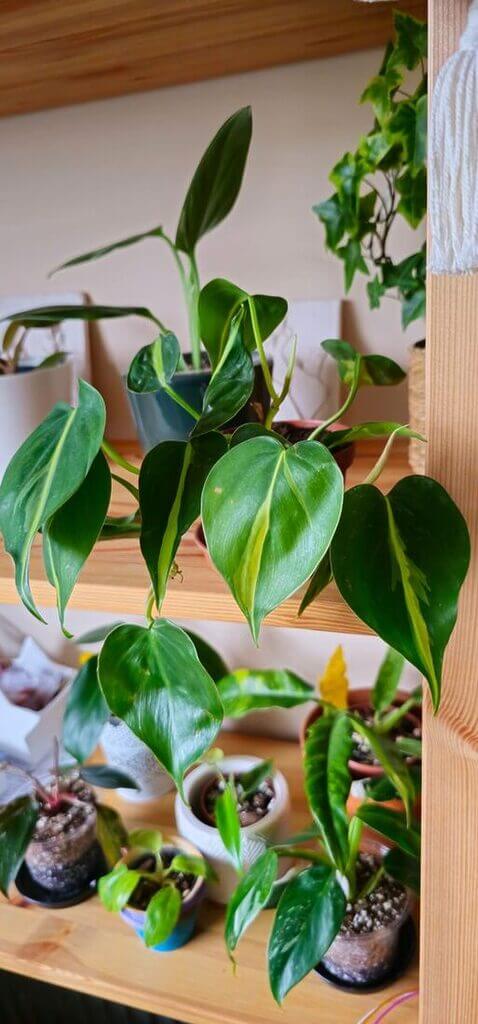
 Philodendron Hederaceum Brasil Pothos
Philodendron Hederaceum Brasil Pothos



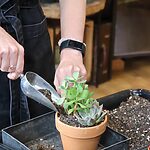
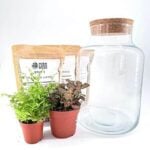
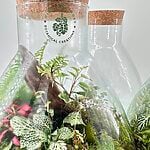
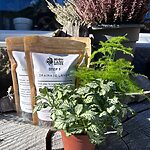

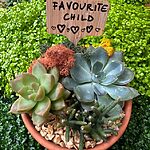



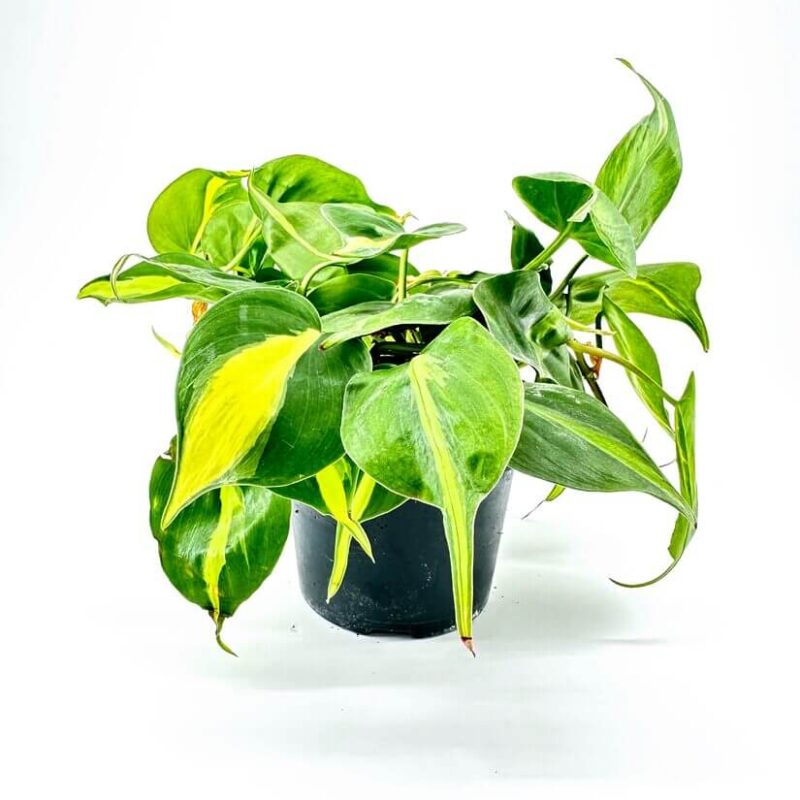








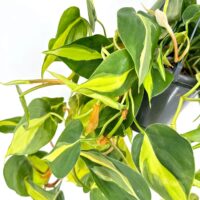
Very pleased with this adorable philo. Wanted one for a while!